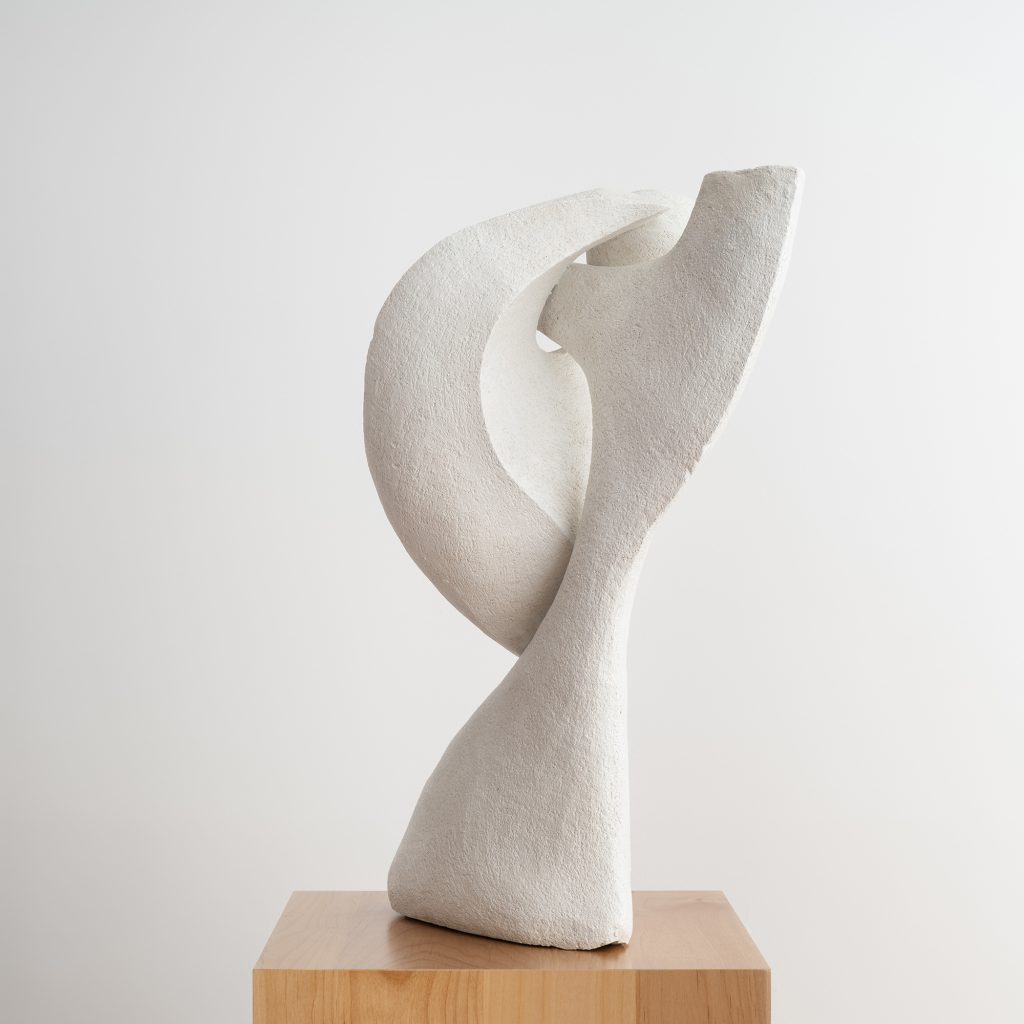Using plaster as a building and decorative material dates back to at least 7000BC. The mixture—of clay, or ground gypsum and water, which hardens as it dries—was used as mortar and to give walls a smooth finish. By the Middle Ages, white gypsum plaster was used to make decorative moldings, as a base for frescoes, and to make cheap plaster casts of bronze or marble sculptures.
Sculptors also recognized the creative potential of plaster since a solid block can be easily carved and shaped. Then, in the early 20th century, it began to be used as a medium in its own right, notably by Alexander Archipenko and Pablo Picasso. Recently, designers too have seen its potential, either on its own or as part of a composite material, such as in the Plasterglass furniture— a mixture of fiberglass and plaster—made by Ralph Pucci.

The founders of the studio Voukenas Petrides, Andreas Voukenas and Steven Petrides, hand-fabricate side tables, chairs, and lights using the material. They say that the liveliness of their organic forms is partly a result of working with mesh and plaster.
Brooklyn-based Simone Bodmer-Turner also makes furniture using clay and plaster. “The reason I am so drawn to this medium is because of the tactile, quiet interactivity of building each piece,” she has said. “It forces the viewer to interact with the piece—to pull on a suspended ball to turn the light on, to grasp a seed-shaped knob to pull a drawer.”

